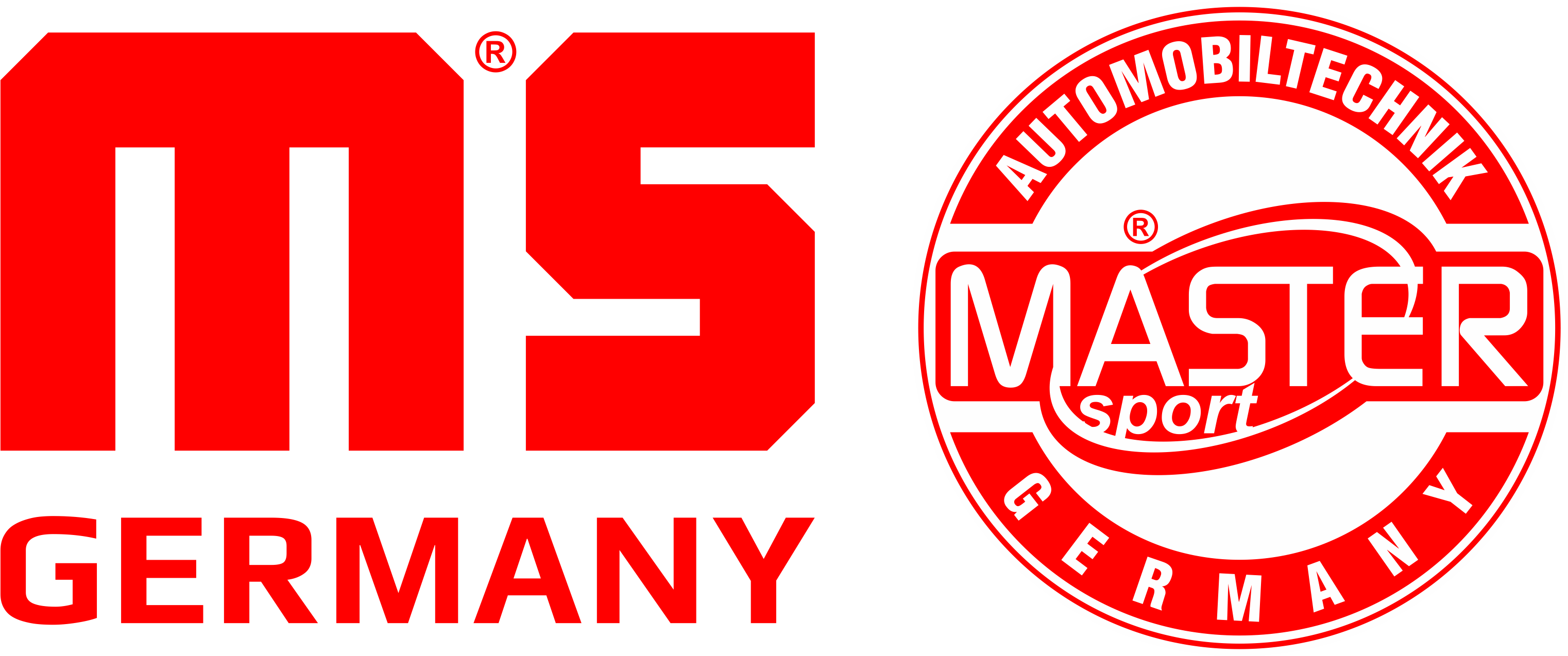Control arms are key components of a car’s suspension system that affect stability, comfort, and driving safety. Replacing control arms might seem like a complex task, but with the right tools and knowledge, it can be done at home. In this article, we present a detailed step-by-step guide to replacing control arms in a car, including a list of necessary tools, work stages, and safety tips.
Necessary Tools
Before starting the replacement of control arms, make sure you have all the necessary tools:
- Various sizes of socket and open-end wrenches
- Hydraulic jack
- Jack stands (car stands)
- Hammer
- Chisel
- Torque wrench
- Copper grease
- New control arms (often sold as kits containing bushings, ball joints, and links)
- Protective gloves and glasses
Preparation for Work
1. Park the car on a flat and stable surface
Before starting work, ensure the car is parked on a flat and stable surface. Engage the parking brake and place chocks under the rear wheels to prevent the vehicle from moving.
2. Lifting the car
Use a hydraulic jack to lift the front of the car. Place jack stands under the vehicle’s frame to secure it from accidental lowering. Make sure the car is stably supported on the jack stands before you start working underneath it.
3. Removing the wheel
Using a socket wrench, loosen the wheel nuts and remove the wheel to gain access to the control arms and other suspension components.
Replacing the Control Arms
1. Removing the old control arm
- Disconnect the stabilizer links: Use a socket wrench to disconnect the stabilizer links from the control arm. A hammer might be needed to gently tap the link out.
- Loosen the tie rod ends: Use a socket wrench to loosen the tie rod ends from the control arm.
- Disconnect the ball joint: Use a socket wrench to loosen the nut on the ball joint. A chisel and hammer might be needed to gently tap the ball joint out of its socket.
- Loosen the control arm mounting bolts: Use a socket wrench to loosen the bolts securing the control arm to the vehicle’s frame. Remember to keep all the bolts and nuts as they might be reused when installing the new control arm.
- Remove the old control arm: Gently remove the old control arm from its place. You might need to wiggle the control arm slightly to get it out.
2. Installing the new control arm
- Insert the new control arm: Place the new control arm in the position of the old one, ensuring it is correctly aligned.
- Secure the control arm to the frame: Attach the control arm to the vehicle’s frame using the previously removed bolts and nuts. Make sure the bolts are securely fastened but do not yet use the torque wrench.
- Attach the ball joint: Insert the ball joint into its socket and hand-tighten the nut to keep it in place.
- Reconnect the tie rod ends: Attach the tie rod ends to the new control arm.
- Reconnect the stabilizer links: Attach the stabilizer links to the new control arm.
3. Tightening all connections
Use a torque wrench to tighten all the bolts and nuts according to the manufacturer’s specifications. This ensures the proper fastening and function of the new control arm.
Finishing the Job
1. Reinstalling the wheel
Place the wheel back in its position and tighten the wheel nuts using a socket wrench.
2. Lowering the car
Carefully remove the jack stands and lower the car using the hydraulic jack. Ensure the vehicle is stably on the ground.
3. Test drive
After completing the replacement of the control arms, perform a test drive to ensure all suspension components are functioning correctly. Pay attention to any unusual sounds or vehicle behavior during driving.
Safety Tips
- Use appropriate tools: Ensure you have the right tools and use them according to the instructions.
- Secure the car: Always use jack stands and make sure the vehicle is stably supported before working underneath it.
- Protect yourself: Wear appropriate gloves and protective glasses to avoid injuries.
- Follow instructions: Always follow the manufacturer’s instructions for the torque settings of bolts and nuts.
Conclusion
Replacing control arms in a car can be a demanding task, but with the right tools and instructions, it can be done at home. Regular inspection and replacement of worn suspension components are key to ensuring driving safety and comfort. Remember to follow all safety tips and carefully perform each step to ensure the proper function of the new control arm.


